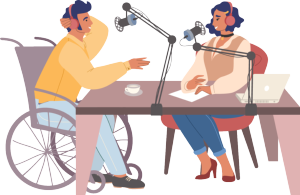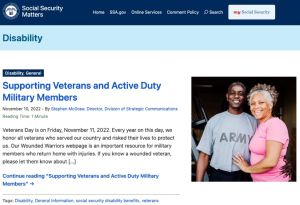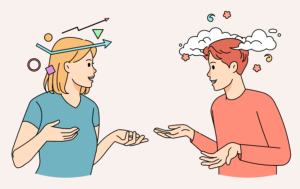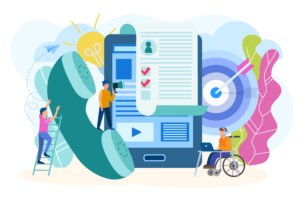
Educators strive to provide an equitable and inclusive learning experience for all students, but some educator training doesn’t provide as much information on how to do so as one might like. Many teachers are familiar with the idea of accommodations like assistive technology (AT), but few receive detail about what options are out there, let alone how to utilize them, as part of their core education as a teacher. Below are three organizations that offer training on assistive technology for educators.
Assistive Technology Industry Association
The Assistive Technology Industry Association, or ATIA, is a leader in assistive technology education and research with the aim of ensuring that the best AT products and services are delivered to people with disabilities. ATIA as a robust Learning Center, where you can sign up for one of their many courses – some of which are free – or sign up for one of their webinars. ATIA’s educational materials feature a wide breadth of topics, from vision and hearing technologies, to physical access and participation, to web accessibility, and more. ATIA also hosts an annual conference with both in-person and virtual components, so educators have...












